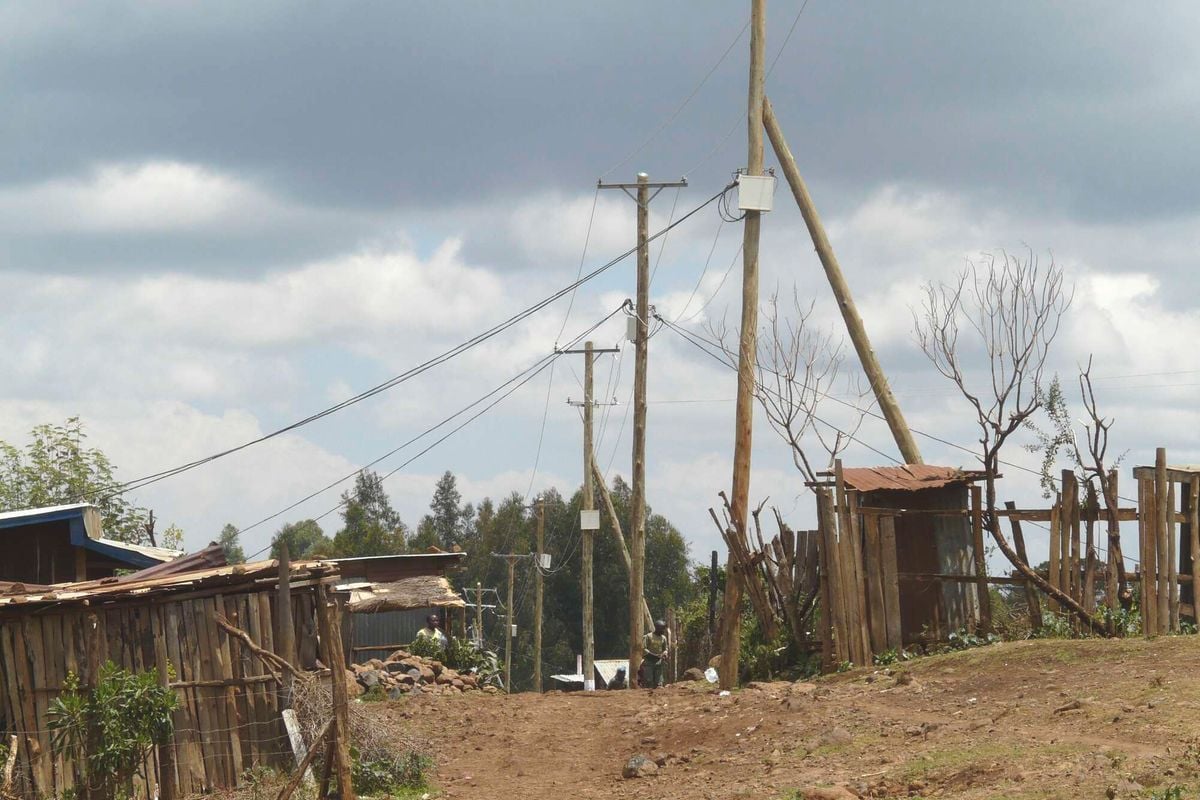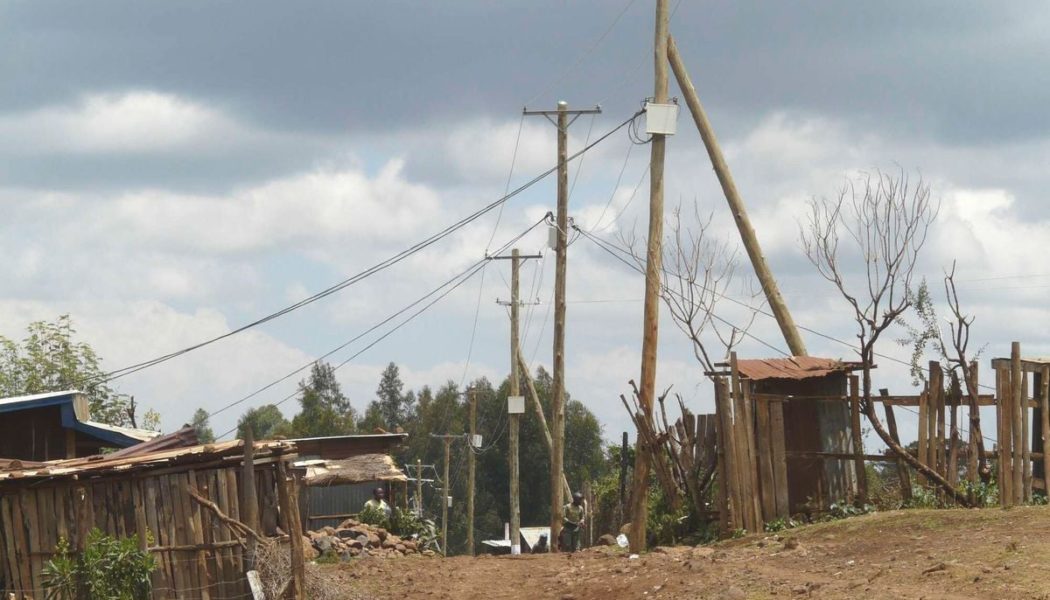
About 9,121 households in four counties will be connected to electricity through a Sh1.85 billion grant from the Japan International Cooperation Agency (Jica).
The grant has kick-started the fifth phase of the Last Mile Connectivity Project being implemented by Kenya Power.
This phase will benefit households in Nakuru, Kilifi, Kwale and Nyandarua, where the Japanese agency has other energy projects.
“We expect to connect all the targeted households across the four counties by January 2025,” said Eng Rosemary Oduor, Kenya Power’s General Manager for Commercial Services and Sales.
The Jica grant comes two months after the utility signed 26 contracts at State House in Nairobi to implement the fourth phase of the project.
This phase, which will cost Sh27 billion, is being funded by the French Development Agency (AFD), the European Union (EU) and the European Investment Bank (EIB).
It will connect a total of 280,000 new customers to the grid by November 2025.
The Last Mile project was launched by the Jubilee government in 2013, but implementation began in 2015. The project aims to maximise the use of 35,000 existing power transformers to accelerate access to electricity for millions of Kenyans.
The project also includes the installation of new transformers outside the 600m radius of existing transformers to serve more customers.
The first three phases of the project were funded by the Kenyan government, the African Development Bank (AfDB) and the World Bank, and have connected 746,867 households, according to Kenya Power.
The Last Mile is one of a number of programmes launched by the government since independence to increase electricity access, particularly for rural households.
Another is the Rural Electrification Scheme, established by the government in 1973.
These projects are often economically unviable, as electricity sales to these customers are often far below the capital and maintenance costs.
This means they often have to be funded by taxpayers, loans and grants.
But they have helped increase the country’s electricity coverage to about 76 percent, with Kenya Power now serving more than 9.8 million customers.
Kenya aims to achieve universal access to electricity by 2030.









